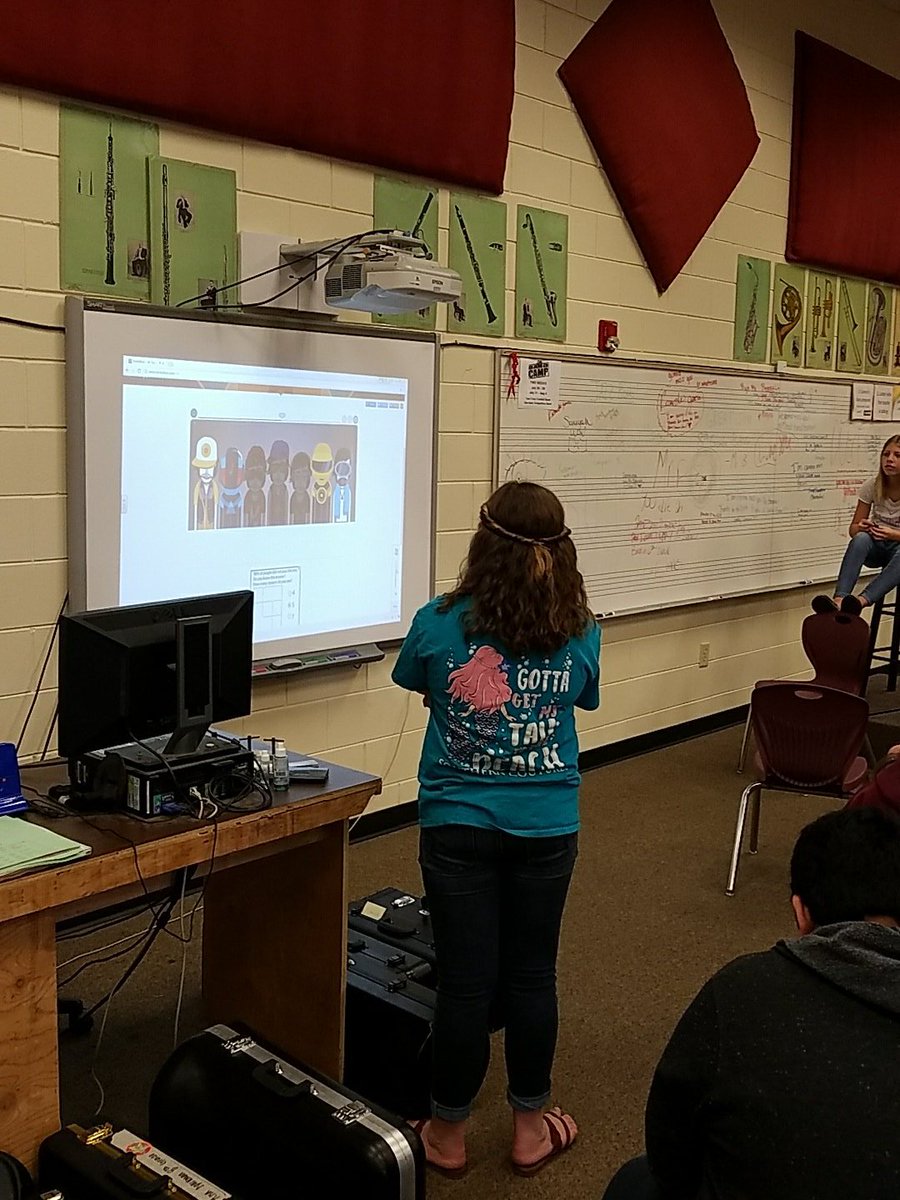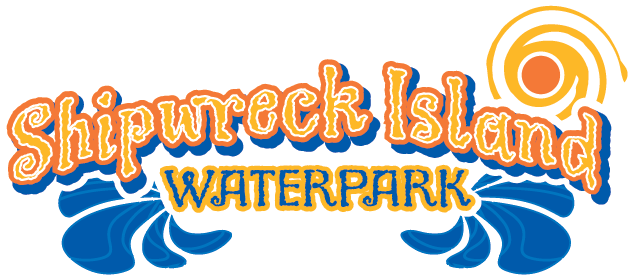This week we did a lot of work with Google Drive. While I have been using Google Drive for a couple of years now there were still some procedures that we used that I had not ever done before. Using Google Forms to make a quiz was one of those task. With the availability of technology now and every student having a school email at our middle school it will make it easy to send a quick quiz assessment to all of the students in the class. We could also have a small lab station set up somewhere in the band room for individual students to go and take their quiz during class if they do not have internet service at home.
Often times I use Google Slides to have a slide show of announcements going on the Smart Board while the students are walking into class. I would like to start using more slide shows to help conduct lessons instead of just simply posting announcements on the board. There are some subtle differences between Google Slides and Microsoft Power point, but I do like the fact that once you have a Google Slide started on your drive you can open it from any computer. This really helps since there is a different computer in my office than in the band room attached to the Smart Board. Another great advantage to using Google programs is how easy it has become to embed your work on any webpage for sharing.
There are so many resources on Google and the Internet to keep band directors organized. I did not realize how much I actually used all of the materials on Google that were offered until I started completing the assignments for this class. Convenience is the key when you are trying to find programs to help you be productive. I know that I have mentioned this before, but having the ability to open up Google Drive from your Smart Phone and go into the instrument storage room to take inventory and it end up on your computer is amazingly convenient. Another thing that we use a lot is our Student Band Account sheet for when students participate in fundraisers and other events. They can use this money to purchase a reed, valve oil, sticks, or many other band related items. We can easily pull up their account on our phone and deduct the money from the account when they need a reed during class.
All of these available programs on Google have helped my job as a band director to become much easier and more successful. In the long run it is all about the students and these devices and programs help to give me more time to teach them.



